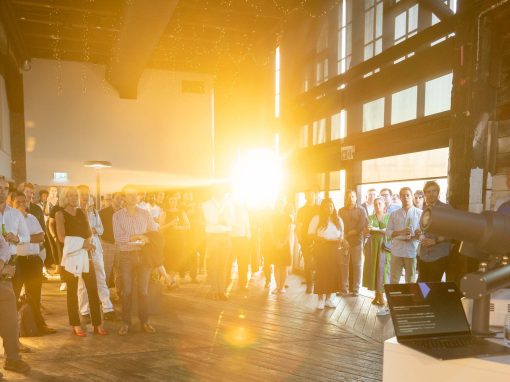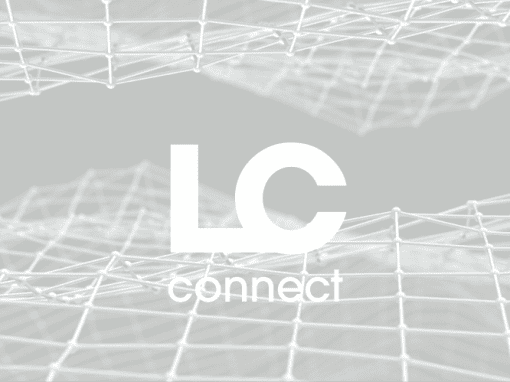Discover the definitions of key lighting terms to enhance your understanding of the art and science of lighting.
Absorption
Absorption is the process of a material taking in light energy and converting it into another form of energy, such as heat. It is a key concept in lighting, as it is the process by which light is blocked or reduced. Absorption can be used to control the amount of light entering a space, as well as to reduce glare and improve the quality of light.
Backlighting
Backlighting is a lighting technique used to create a halo effect around a subject by placing a light source behind the subject. It is commonly used in photography and cinematography to create a dramatic effect and to separate the subject from the background. Backlighting can also be used to create a silhouette effect, where the subject is completely dark and only the outline is visible.
Beam Angle
Binning
Brilliance
Candela
CE Mark
Circadian Rhythm
Circadian Rhythm is an internal biological process that regulates the sleep-wake cycle and repeats roughly every 24 hours. It is driven by the body’s natural circadian clock, which is influenced by environmental cues such as light and temperature. Circadian Rhythm is important for maintaining optimal health and well-being, as it helps to regulate hormones, metabolism, and other bodily functions.
Learn more about the Importance of Blue Light
Colour Temperature
Contrast
Cylindrical Illuminance
DALI
Daylight Factor
Degradation
Degree of Illuminance
Degree of Reflection
Dimming
Efficiency (lm/W)
Flicker
Glare
Half Beam Angle
Human Centric Lighting
A type of lighting system designed to improve the well-being of people by providing light that is tailored to the individual’s circadian rhythm. It uses light sources that mimic natural daylight and can be adjusted to provide the right amount of light at the right time of day. The system is designed to improve alertness, reduce fatigue, and improve overall well-being.
Learn more about our Beyond Vision Range
IES File
Illumination Classes
There are three types of illumination classes – pre-classification into M, P and C classes is based on the traffic situation and composition of traffic. Within these classes, further selection is based on additional parameters, such as the traffic volume, speed, the difficulty of the driving task, etc.
M classes: Mainly roads with motorised traffic, such as main roads and thoroughfares. Evaluation is based on the luminance method taking the road surface into consideration. In addition to the average illumination density, the overall and longitudinal uniformity are used as quality characteristics, as well as the environment illuminance ratio REI and the glare percentage value fTI .
P classes: Roads with a low volume of traffic and low speeds, as well as areas for pedestrians and/or cyclists. Evaluation is based on the average and minimum degree of illuminance.
C classes: Conflict zones, such as areas where the flow of traffic is split, intersections and junctions. These also include roundabouts and pedestrian crossings. Evaluation is based on the average degree of illuminance and uniformity.
LED
Light Control
Light control makes it possible to coordinate illumination to the requirements and applications in question. Various switching and dimming states can be saved as light scenarios in the appropriate control devices and used again as required.
Individual luminaires, a group of luminaires in a room, the entire lighting system in a building or the illumination of whole streets can be integrated into a light control system.
Light Distribution
Light Distribution is the manner in which light is spread across a given area. It is determined by the type of light source, its position, and the shape of the reflector or lens used. Light distribution can be either direct, where the light is focused in a single direction, or indirect, where the light is spread out in multiple directions. The type of light distribution used will depend on the application, with direct light being used for task lighting, and indirect light being used for ambient lighting.
Lumens
Lux
MacAdam Ellipse
Maintenance Factor (MF)
Mounting Height
Protection Class
Protection Class is a rating system used to classify the degree of protection provided by an electrical enclosure against the ingress of solid foreign objects and water. It is based on the Ingress Protection (IP) Code, which is an international standard developed by the International Electrotechnical Commission (IEC). Protection Class ratings range from IP00 (no protection) to IP69K (highest level of protection). The higher the Protection Class rating, the greater the protection against dust, dirt, and water.
Learn More about IP & IK Ratings




